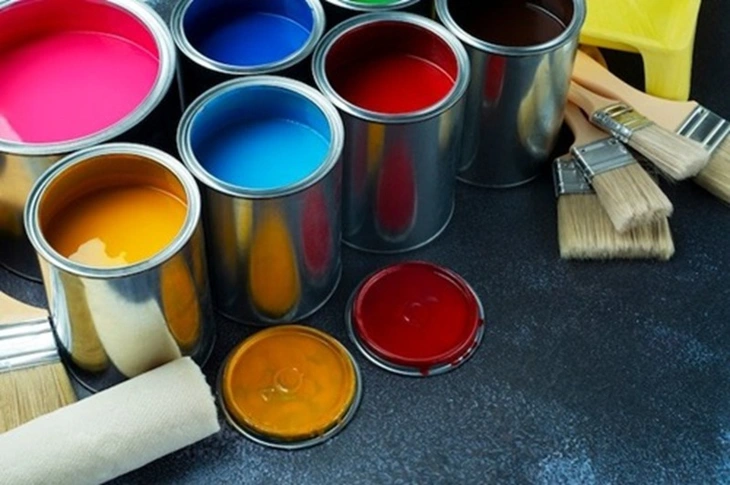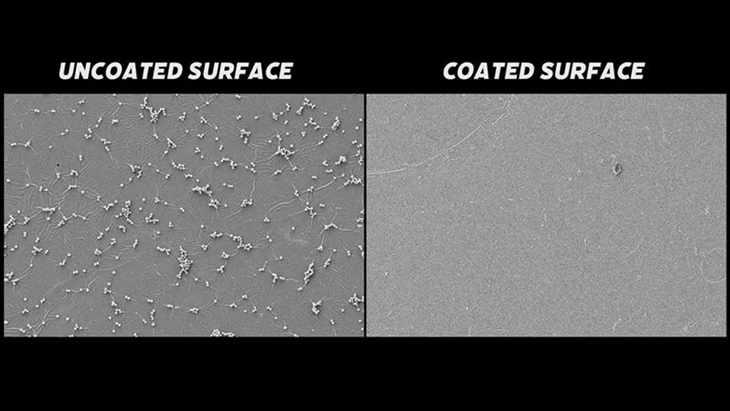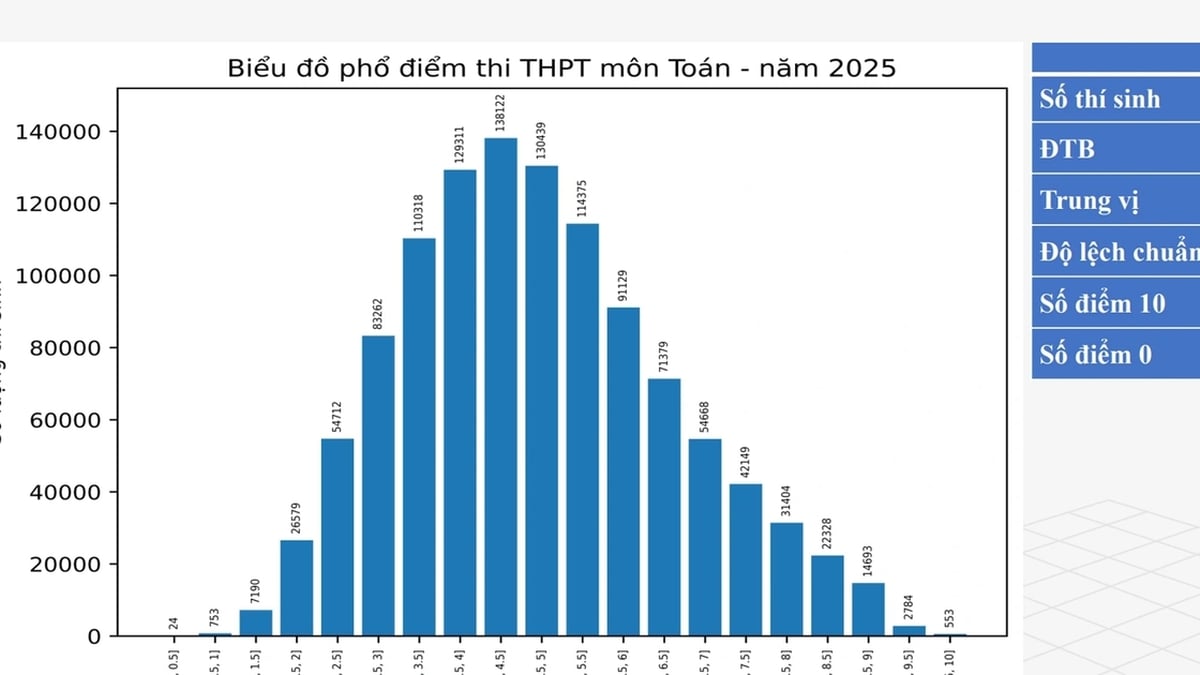
Illustration of antibacterial paint - Photo: WCPAINTINGSERVICES.COM
While we should wash our hands regularly after touching surfaces in public places, it would be easier if dangerous bacteria weren’t clinging to trays, seats, handles, and toilets. This could soon be possible thanks to a new resin paint.
According to IFLScience , scientists at the University of Nottingham have collaborated with the Indestructible Paint Company (also in the UK) to develop a resin paint containing chlorhexidine - a substance commonly used in dentistry to treat oral infections and pre-surgical hygiene.
After mixing chlorhexidine with epoxy resin (a synthetic resin), the finished product can be painted onto plastic and non-porous hard surfaces to create an antibacterial coating.
The addition of chlorhexidine will not affect the adhesion of the epoxy resin to the surface. Its bactericidal action has been shown to be effective against dangerous pathogens such as E. coli, Staphylococcus aureus , and Candida albicans.
The team found none of these bacteria on painted surfaces in the lab.

Difference in bacteria between surfaces with antibacterial paint (right) and without antibacterial paint - Photo: UNIVERSITY OF NOTTINGHAM
“It’s exciting to see this research translate into practical applications. By adding this to paint, we can create an effective, easy-to-apply and cost-effective anti-bacterial coating,” said Dr Felicity de Cogan, lead author of the study and based at the University of Nottingham.
Additionally, chlorhexidine is an antiseptic that has been shown to have long-lasting effects, even some effectiveness against influenza viruses and even the virus that causes COVID-19. This could be a revolutionary weapon in our arsenal against dangerous infections, especially in hospital settings.
Paint is widely used because it is a versatile material that can be used on any surface, according to Dr. Cogan. However, plastic and metal surfaces in public spaces can harbor dangerous pathogens.
“Research has shown that contaminated surfaces can act as reservoirs of antibiotic resistance genes, promoting the spread of resistance between bacterial species through horizontal gene transfer (the movement of genetic material between cells or organisms of the same generation) despite hygiene measures.
It is vital that new technologies such as this antimicrobial paint are developed to prevent the spread of disease-causing microorganisms to vulnerable patients and address the growing threat of antimicrobial resistance,” said Mr Cogan.
The study was published in the journal Scientific Reports .
Source: https://tuoitre.vn/tao-ra-loai-son-co-the-diet-khuan-vi-rut-cum-va-covid-19-20250425115119447.htm

































































































Comment (0)